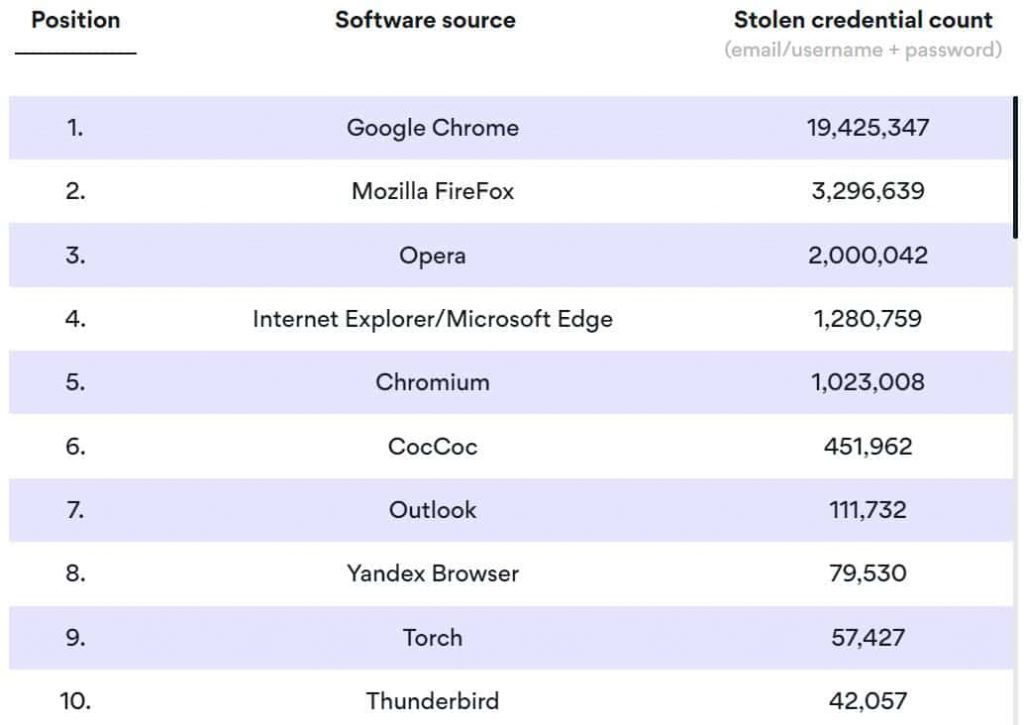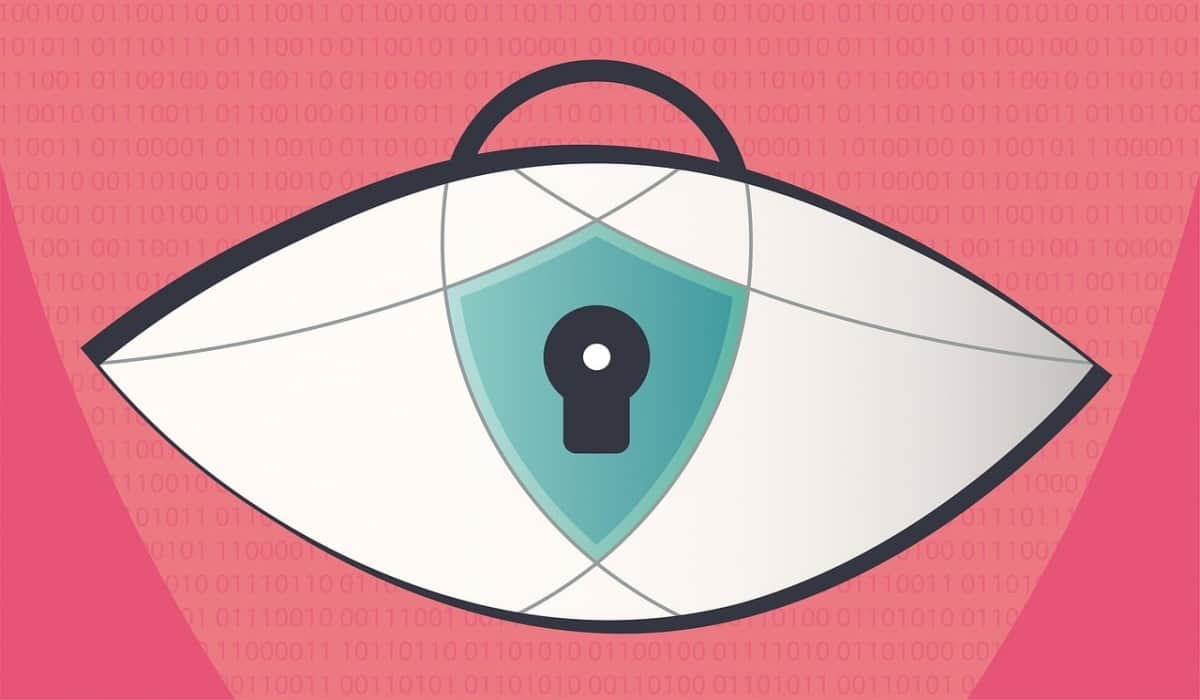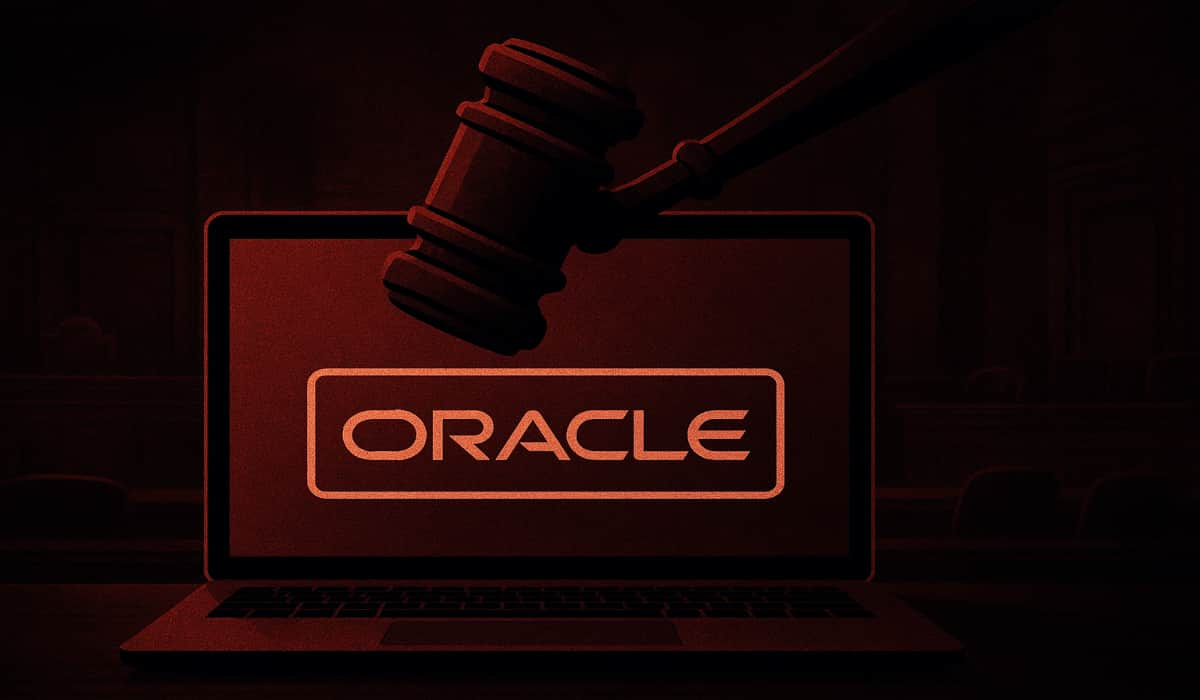BOOK THIS SPACE FOR AD
ARTICLE ADThe total amount of data collected by the malware includes nearly 26 million login credentials holding 1.1 million unique email addresses, 2 billion+ cookies and 6.6 million files.
In recent news, a malware study performed by NordLocker, a subsidiary of NordVPN, along with a third-party company that specialises in data breach analysis, revealed that a ‘nameless’ malware has stolen 1.2 TB of data from millions of Windows-based computers globally.
It was discovered that it is a Trojan-type malware and it managed to infiltrate the victims’ computers through email and illegal software including cracked Adobe Photoshop 2018, a Windows cracking tool, and several cracked games.
SEE: 15 billion credentials from 100,000 data breaches sold on dark web
The total amount of data collected by the malware includes nearly 26 million login credentials holding 1.1 million unique email addresses, 2 billion+ cookies and 6.6 million files.
The report also contains in-depth details of the number of credentials stolen and the softwares that the data was extracted from. All of this data was stolen from 3.25 million computers. More than 50% of the stolen files were text files which is concerning because many people use Notepad to store their passwords, personal notes and other sensitive information.
The malware also photographed the user if the device had a webcam. According to the report published by NordLocker, it appears that the stolen data was obtained between 2018 and 2020 by the hackers behind the malware.
It turns out that these nameless trojans (or even custom ones) are widely available online for a minimum of $100. This is a booming industry and all part of the growth in ransomware-as-a-service (RaaS) or malware-as-a-service (MaaS), a developing cybercrime market in the dark web.
According to NordLocker, it appears that the actors behind the malware disclosed the database location accidentally and the cloud provider hosting the data was notified so they could take it down.
It is high time for users to install anti-malware software since this news is only just proof of the fact that malware-using syndicates are growing ever more in number and soon the threats that they present will be too many to control.
Poor security hygiene and lack of properly configured security controls aside, users have a general lack of awareness which seems to be the biggest problem. For the cybercrime groups, these unsuspecting users of the internet are perfect targets to steal data from.
As more and more governments start to view malware and other forms of criminal hacking as terrorism, we can expect that the awareness about the dangerous of the cyberworld is likely to spread throughout the masses.
Did you enjoy reading this article? Like our page on Facebook and follow us on Twitter.
.png)














 Bengali (Bangladesh) ·
Bengali (Bangladesh) ·  English (United States) ·
English (United States) ·